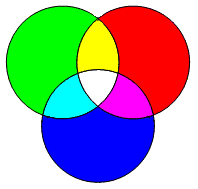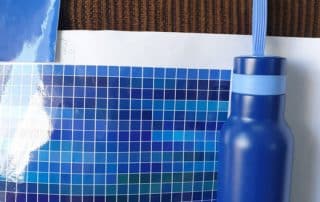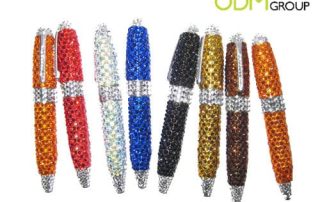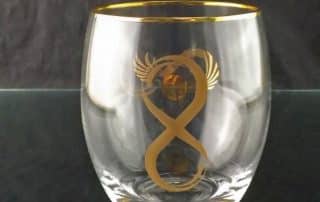Colour is arguably one of the most prominent features of branding that helps companies stand out in the market. It helps in creating mood, establishing identity and easily triggers brand recall in consumers’ minds. Hence, today we’re talking about the color matching process with some tips to ensure your product colours will look closely as you envisioned them.
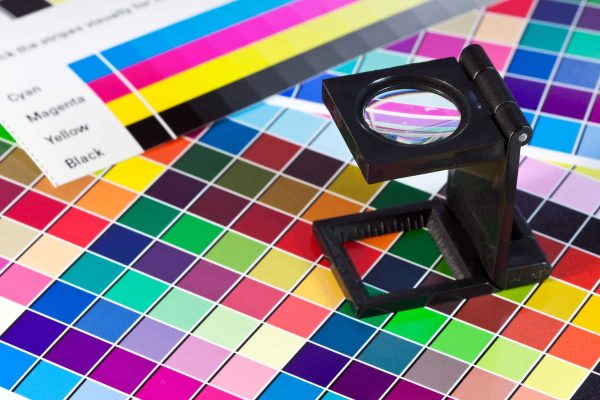
You might think there are only a few colours to choose from, so what could go wrong? However, the colours you see on your screen while designing and rendering your custom products can be different to the actual sample. And this is where the problems arise.
What is Colour Matching?
Achieving the right colour when you are working with promotional products is one of the most important aspects of the product development process.
In the colour matching process, pigments, dyes, and special effect hues are combined to achieve a specified colour in a specific material. It also involves ensuring that the colours you see on the digital screen are accurate when your design is printed.
Color Systems: RGB, CMYK and Pantone
Firstly, there are color systems that are used nowadays for different purposes but all are involved in designing promotional products. Familiarizing yourself with them could help you better navigate the colour making decisions and understand the color matching process.
RGB
RGB is the colour everyone, even children are familiar with. The primary colours: Red Green and Blue.
This colour system is mostly used in electronics such as computer screens, mobile phones and television.
These colours are used at varying degrees to produce the colour people see on screens. Hence, the colour we see on our screens invariably differs from the colours that will be produced in real life.
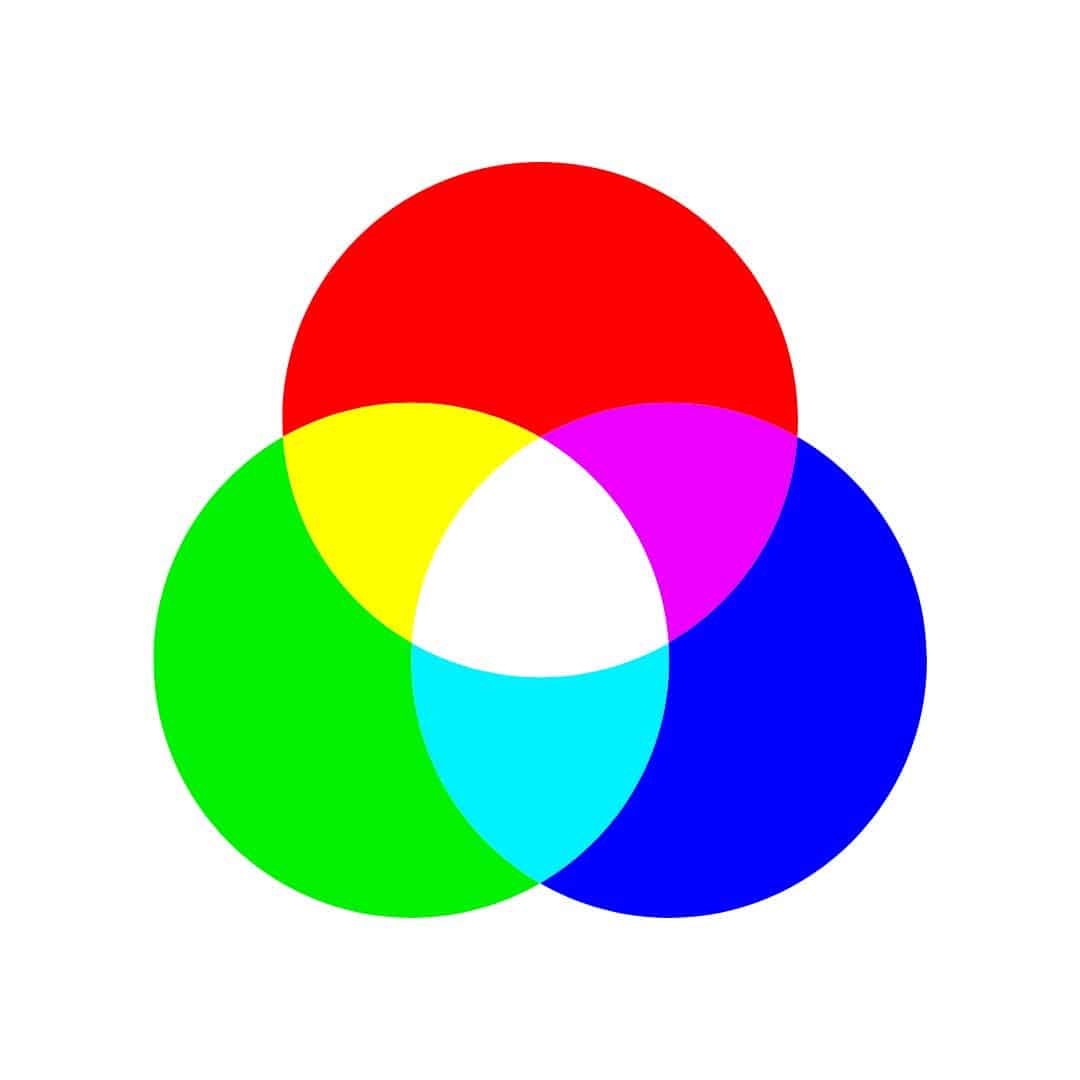
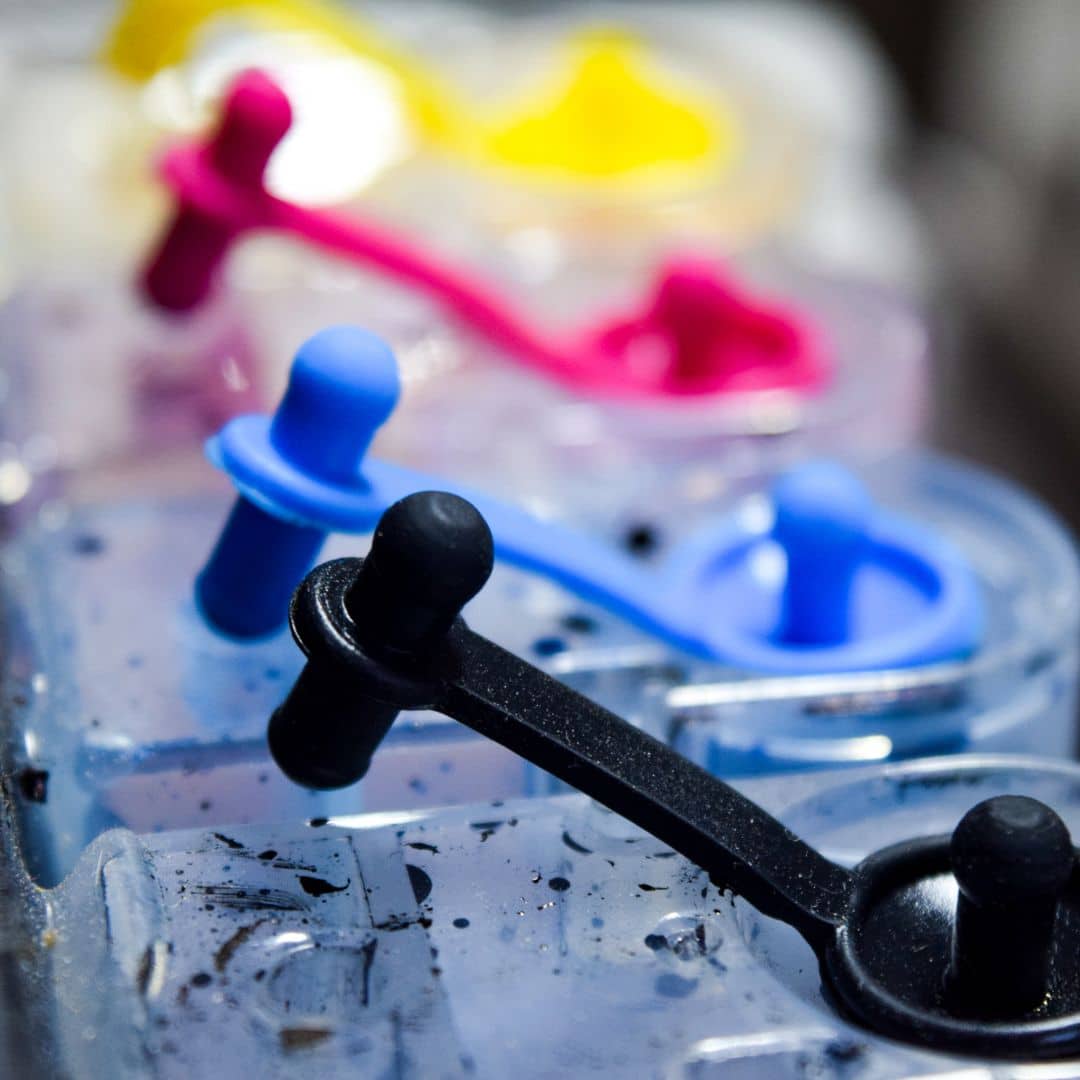
CMYK
CMYK is also known as the four-colour process. It’s primarily used in printing and a subtractive process. Where in the CMYK or cyan, magenta and yellow are subtracted from light to recreate the colours on the print.
The colours in these prints will be different to the physical colours since they’re created differently. For example, a red in CMYK print is produced by printing varying degrees of magenta and yellow on top of one another.
Pantone
Pantone Color System or PMS is a standardized colour system used by designers, manufacturers and printers to specify the tone and shade of the colour you want for your branded merchandise.
It’s a universal language of colours with over 1,000 colours identified and coded to match the colours correctly in products.
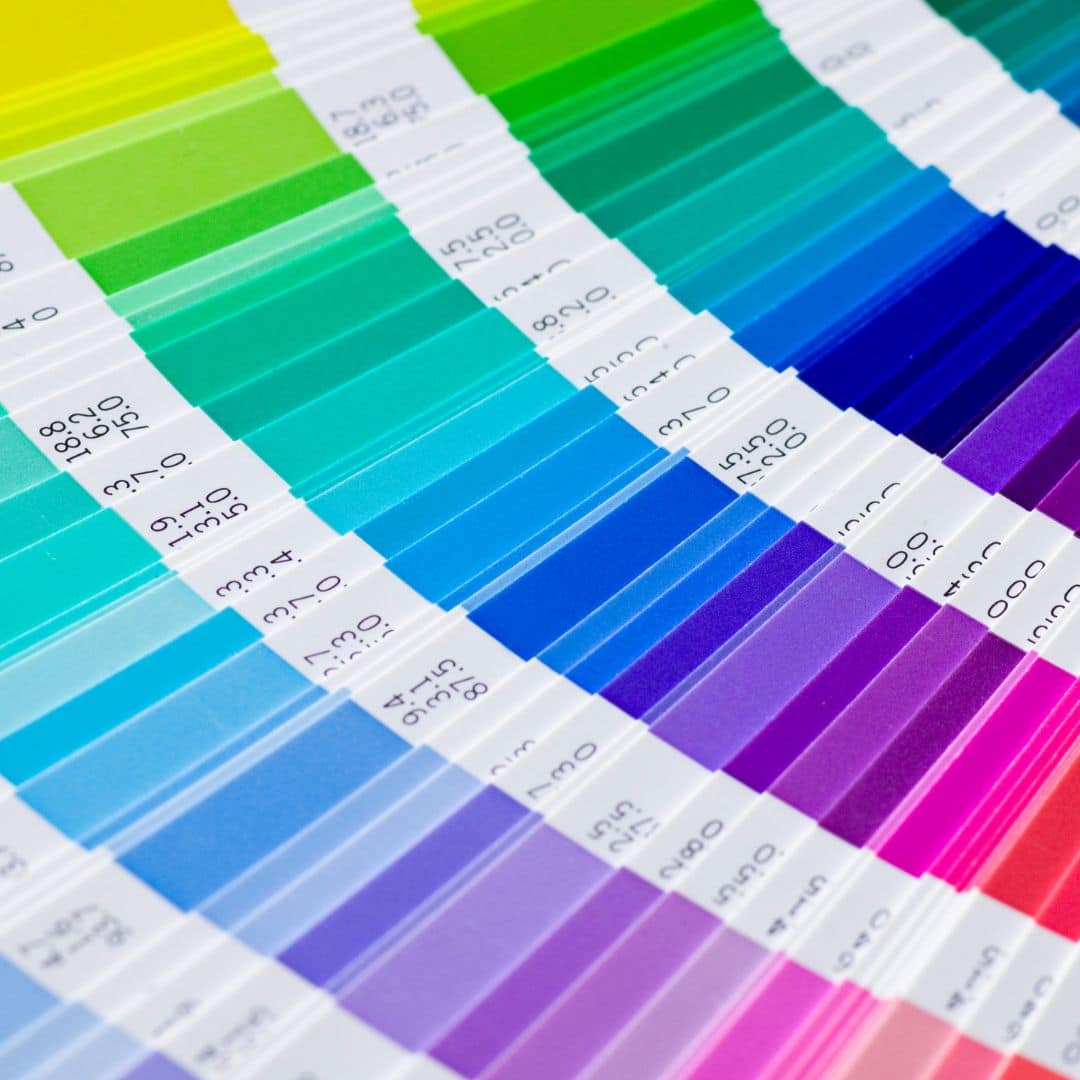
Factors To Consider In Color Matching
-
Lighting
As we already know, light is either reflected or absorbed to form the colours we see. Thus, colours can be viewed differently based on the light available at the moment.
So, it’s also ideal to check what light will most likely be available in your target market’s environment. This would help you plan your color matching process according to it. There are colour temperature guides you can use for this.
-
Material
Metals, plastics and ceramics all have inherent colours which could potentially influence the colour of the finished product.
It’s also an important factor to take into consideration early in the planning stage to avoid any problems during custom merchandise production.
The Color Matching Process
At this stage, the paints for metals and glaze for ceramics are mixed together while closely referring to the Pantone code. The exact amount of each paint in the mixture is taken a closer look to ensure the formula will be consistent for mass production.
This is the stage where the mixed paint is sprayed on metal or glazed on ceramics.
The drying stage occurs right after application when the paint on the material is left to dry. Depending on the type of paint used, it can take a few minutes to hours before the paint is dry to the touch.
However, this stage of drying mostly happens on the outer surface of the paint which means it is still weak to chipping or any paint damage.
The baking stage is the heating of the paint to cure faster. A cured paint means it’s safe to be exposed to the environment and is already tear-resistant.
By exposing the paint to a higher temperature, the oxygen evaporates faster and the synthetic resin binds and develops a wear-resistant finish.
The last stage before the color matching process is either finalized or repeated is the cooling down stage. Since heat and humidity can affect the colour of the paint, it’s important to let the material cool down to see the final colour and decide if it matches the Pantone code.
Tips For A Smoother Color Matching Process Across Your Brand Products
1. Talk in the same language.
It’s advisable to use Pantone as it is standardized and used worldwide. Establish it as early as possible to ensure your manufacturers and designers are talking the same language. Since there are differences in the colour finish by different colour systems, it might be a problem if the production will assume you’re talking about CMYK and try to recreate a paint as close to it as possible.
2. Know your product.
This might be a basic tip but one that might be overlooked as well. It’s imperative to know your product by being aware of the materials used and the Pantone code for each of them. It could save you time in the long run with fewer problems in communicating.
3. Ask for colour chips in different materials.
As a step right after knowing your product, you can now ask for colour chips in materials used for your promotional product. This way, you can immediately know what it will look like in a physical sample and ask for adjustments as you see fit.
Additionally, this could help you standardize your own colour in every product used for the promotion and across the company.
4. Know the industry details.
Research has always been a vital part of any endeavour. It helps people make informed decisions. Thus, research the industry you’re outsourcing from. It would help you to know the average time for everything, and the processes involved to be able to set expectations for both the company and the manufacturer.
For more decoration methods you can utilise for your branded products, check the compilation below:
More blogs about industry processes you might want to check out:
A trendy technique used across industries, screen printing is a printing technique using woven mesh to support an ink-blocking stencil. This method is also known as serigraphy or silkscreen printing. Know more here:
Sublimation printing uses heat and pressure to transfer the ink to the promotional merchandise. Know more about its advantages and disadvantages in the blog below:
There are various printing methods available but how would you which one suits your needs best? We’ve compiled printing techniques here for fabrics and the issues you might face.
From the traditional process to the digital transfer of images, take a closer look at screen printing and heat transfer printing techniques here:
Before you proceed with colour matching, you must first ensure your brand colours are perfect for your market and your business. Check out the tips below:
Get more insight about the process of colour matching and printing as well as tips to ensure you’ll encounter little to no problems with your own brand colour printing in the blog below:
To conclude,
Colours for promotional merchandise can be tricky if not planned ahead and dived in without any prior knowledge of the color matching process. As it is an important branding factor, brands must always be careful of the decisions around it.
If you’re looking to find a creative agency that will assist you in these decisions, ODM can help! We have an in-house creative team, Mindsparkz, that will work closely with you from product brainstorming to sourcing and production.
ODM is a promotional product development company founded in 2003. We offer a wide variety of services such as gift with purchase, purchase with purchase or giveaway merchandise ideas and point of sale, point of purchase and free-standing display units.





